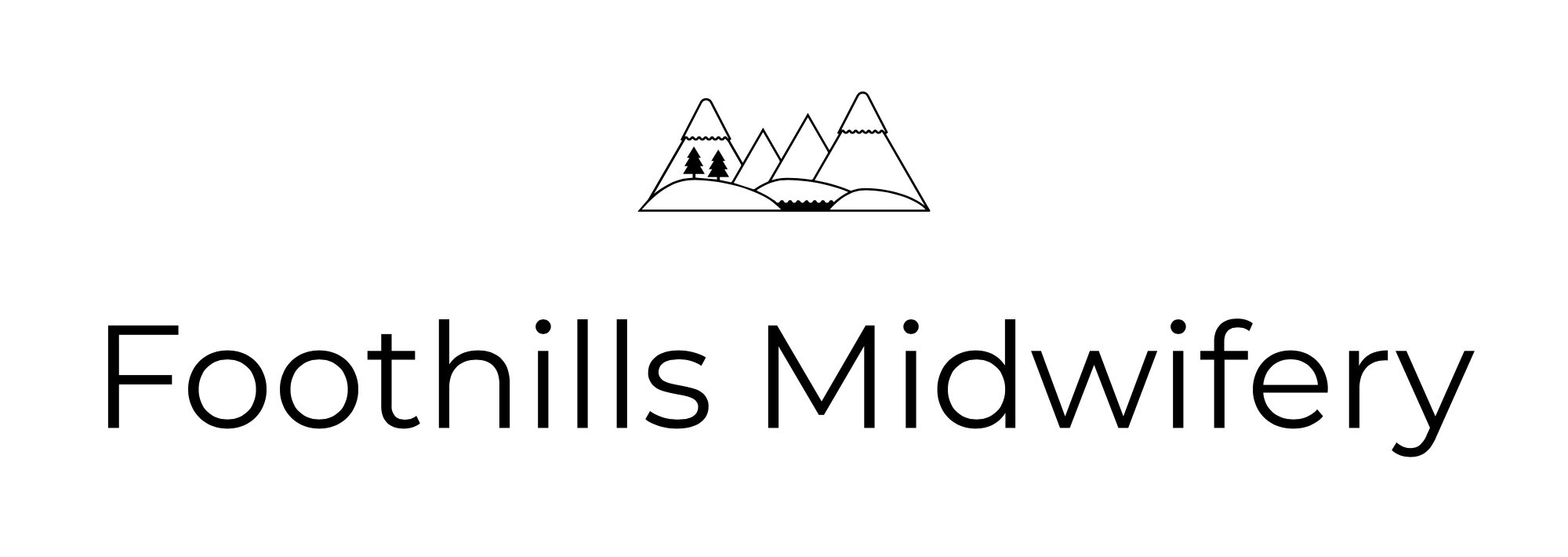Foothills Midwifery
Management of the Third Stage of Labour
The Third Stage of Labour
The third stage of labour is the time period from the birth of the baby to the expulsion of the placenta and membranes.
Methods of Management
Management of the third stage of labour varies significantly between facilities, practitioners and countries. The two methods used are expectant management and active management.
Expectant or physiological management involves watchful waiting for signs of separation and allowing the placenta to be expelled spontaneously by maternal effort which may be aided by gravity and/or nipple stimulation. Only if bleeding or length of time appears excessive is there any intervention when using an expectant management approach. Michel Odent (2) suggests that a warm quiet environment, combined with undisturbed eye-to-eye and skin-to-skin contact between mother and infant is an integral component of physiological third stage of labour. Such an environment facilitates the release of endogenous oxytocics and decreases the risk of postpartum hemorrhage. This also respects the emotional and hormonal processes of both mother and baby.
Active management of the third stage involves administration of oxytocin within one minute of the birth, clamping the cord once it has stopped pulsating and using gentle cord traction to deliver the placenta. The International Confederation of Midwives and the International Confederation of Gynaecologists and Obstetricians joint policy recommends active management of the third stage of labour. This policy was adopted by the Society of Obstetricians and Gynaecologists of Canada in 2003. The policy states that active management should be offered to all women because research has shown it to reduce average blood loss, the length of the third stage and the incidence of hemorrhage. Active management was also shown to increase the rates at which mothers experienced nausea, vomiting and raised blood pressure. There were no differences in outcomes for babies Please discuss these options with your midwives to facilitate an informed decision. Women at increased risk for excessive blood loss (eg, history of previous postpartum hemorrhage, significant anemia or history of previous retained placenta) will be advised that active management is their most appropriate option.
References
1. Prendiville WJ, Elbourne D, McDonald S. Active versus expectant management in the third stage of labour. Cochrane Library Issue 4, 2003
2. Odent Michel, Don’t manage the third stage of labour. Practicing Midwife
3. Society of Obstetricians and Gynaecologists of Canada. International Joint Policy Statement. Management of the third stage of labour to prevent postpartum haemorrhage. Nov. 2003
APPROVED BY THE DIVISION OF MIDWIFERY CALGARY HEALTH REGION MAY 2007
